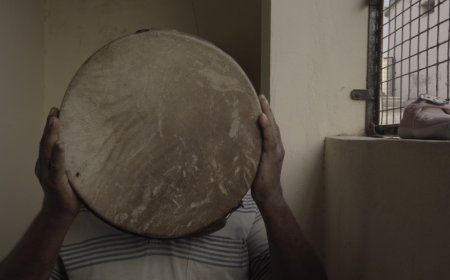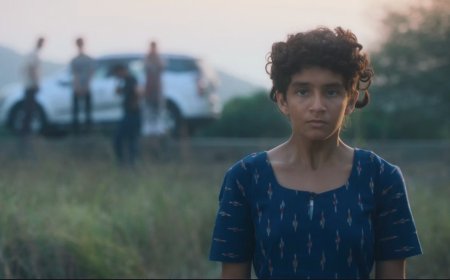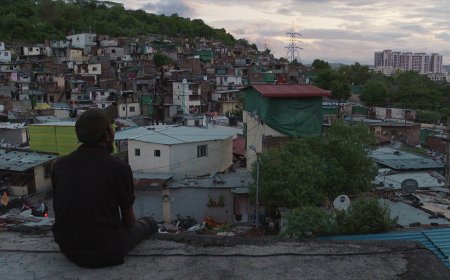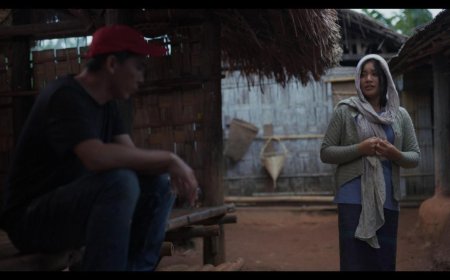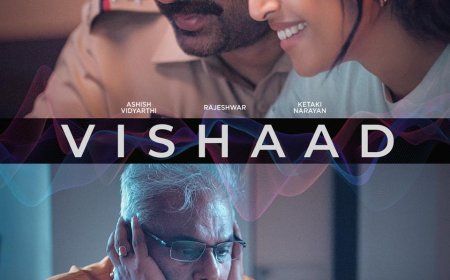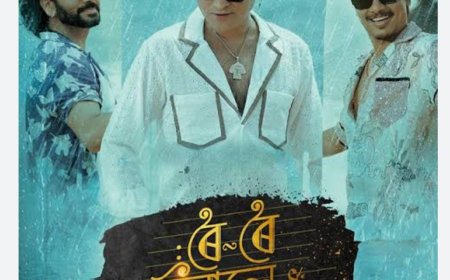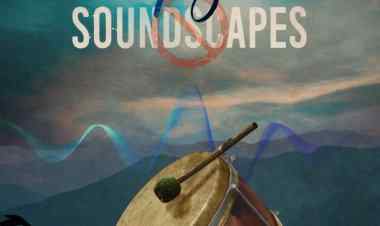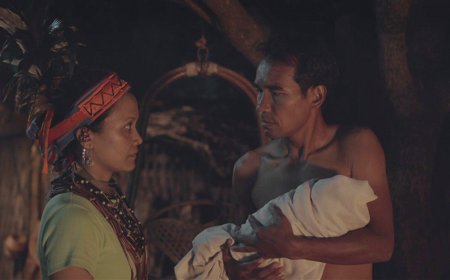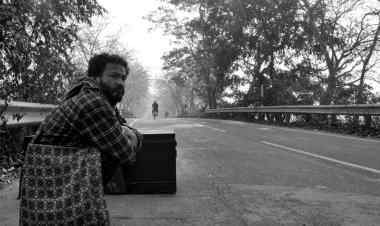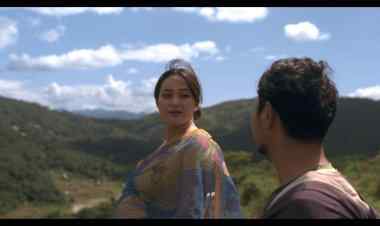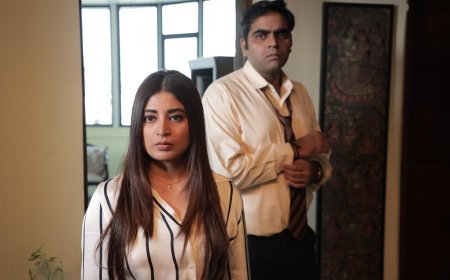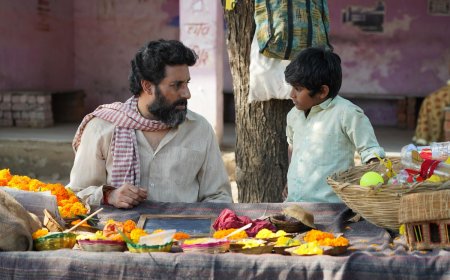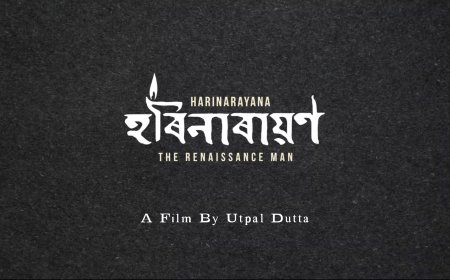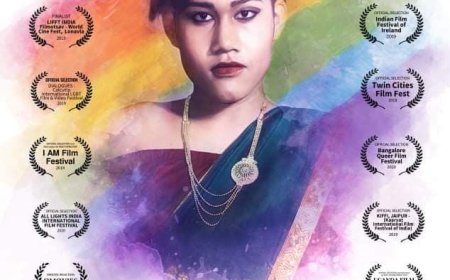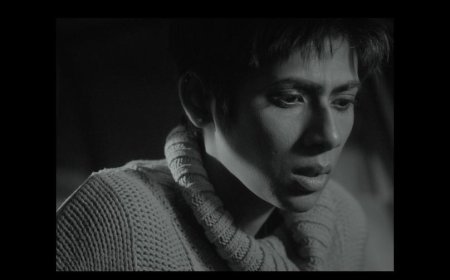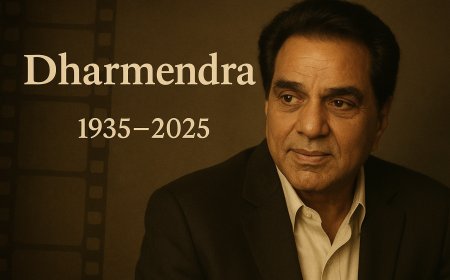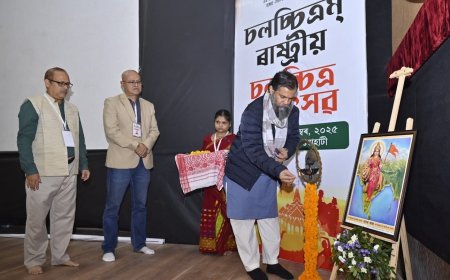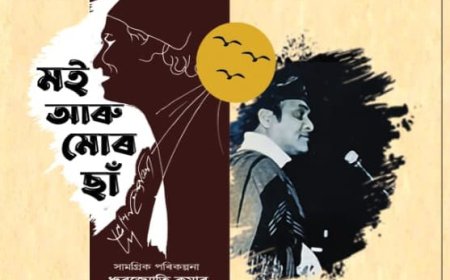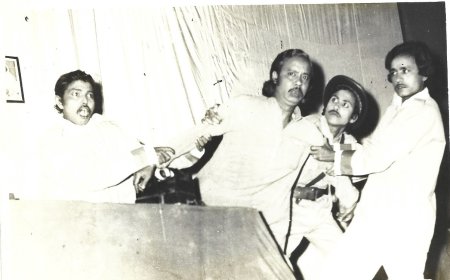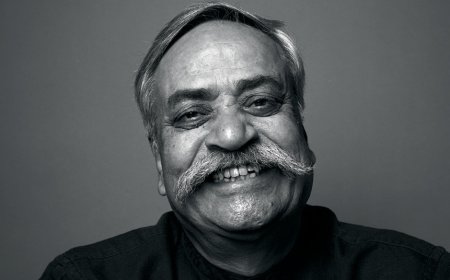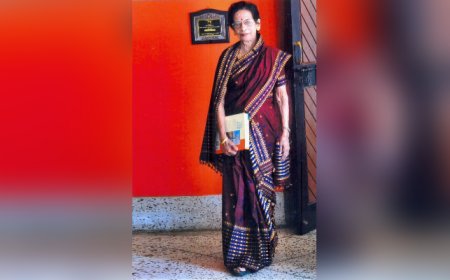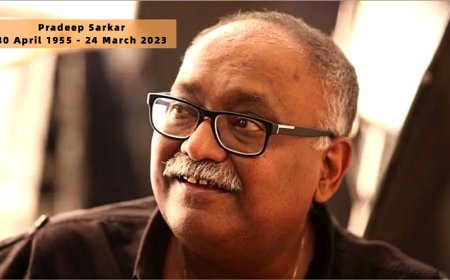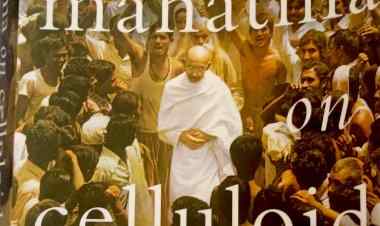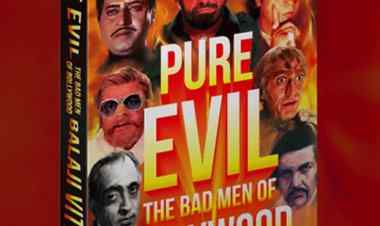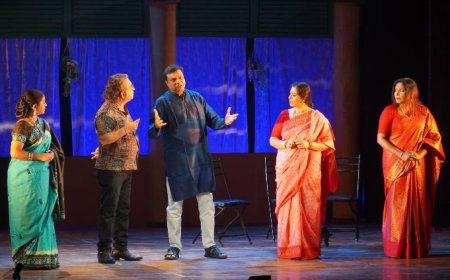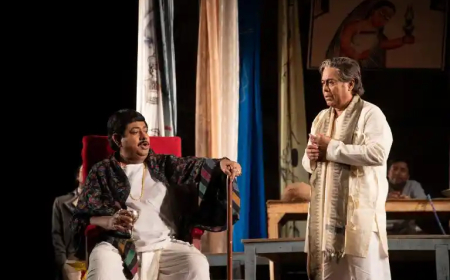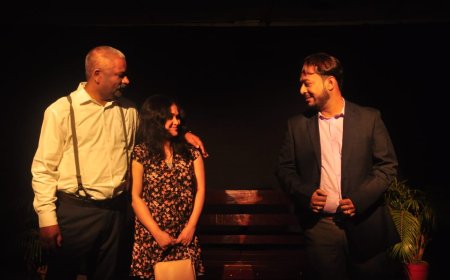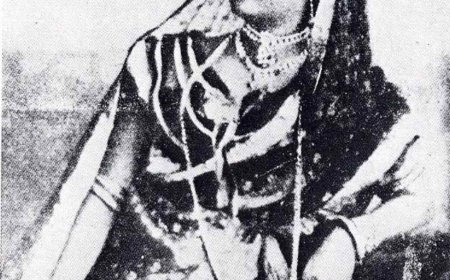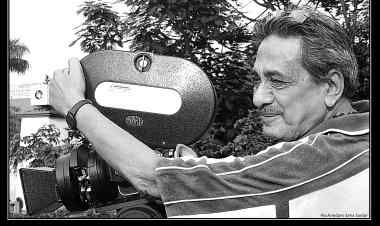SALAAM CINEMA RETURNS AFTER TEN LONG YEARS
Film scholar Shoma A. Chatterji discusses the upcoming exhibition "Salaam Cinema," organized by Shounak Chackraverti in Kolkata,
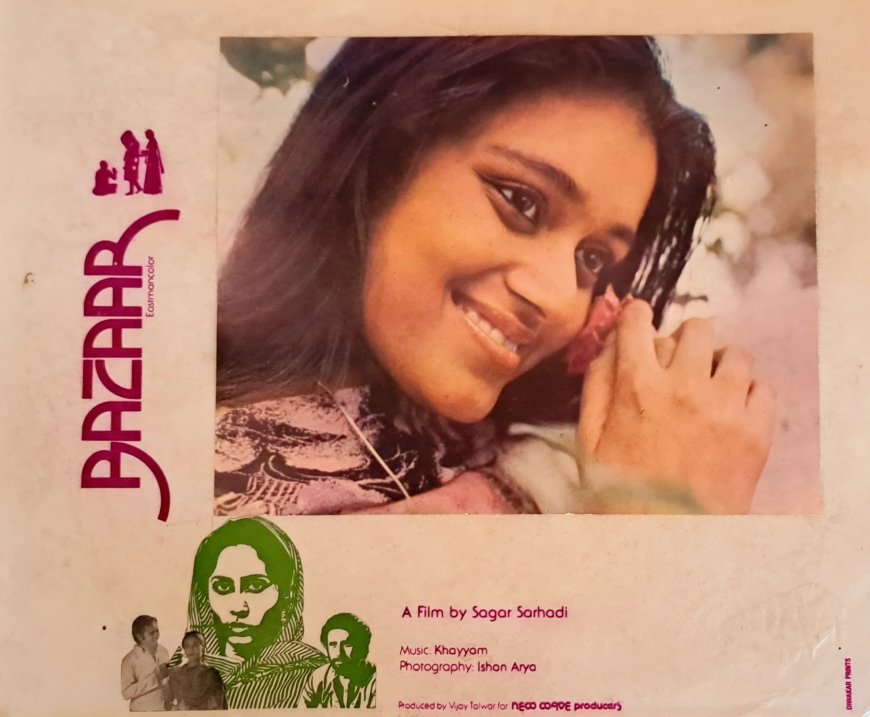
In 2015, Art Inn & Sensorium jointly hosted an "archival" exhibition of rare black and white film photographs, vintage film posters and "limited edition" film merchandise at a gallery on Park Street, Kolkata. It drew crowds everyday though space was a limiting constraint then. Says Chackraverti who owns Sensorium and has a committed partner in Samik De’s Art Inn, “To mark the tenth anniversary Salaam Cinema is back again at the ICCR, Kolkata from 27th June to 2nd July.
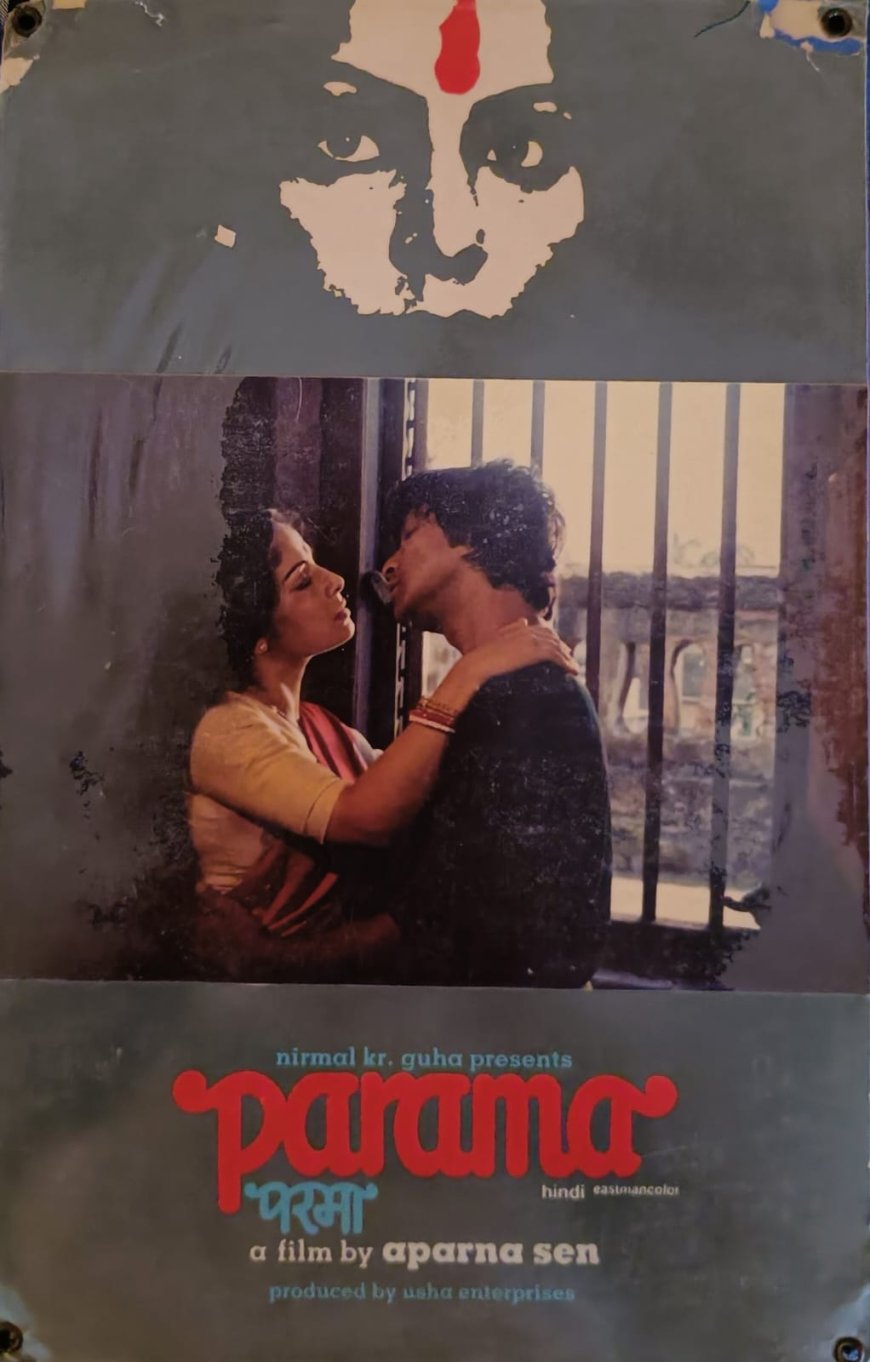
As the name of the exhibition suggests, it is an ode to the bygone era of Indian Cinema focussing mainly on Bangla and Hindi films. Also one of the prime objectives is to make the present audience aware of the glorious past of our Cinema. Says Chackraverti, “We will be showcasing the original posters (more than 30 posters) of several landmark films including the ones mentioned above. The exhibition also features absolutely rare film stills, stunning images from lobbycards and an exclusive section of "limited edition" film merchandise specially produced for this occasion.”
A film poster is an identity card that introduces you to the makers of the film and the subject – the film. Posters are aimed not only as an advertisement and promotion strategy but also to familiarize the viewer with the aesthetic taste of the filmmaker and serve as a tiny trailer for the film. Film posters offer readings that sometimes reach beyond the film. They throw up the ‘first look’ before a film’s release as teasers to attract the audience. But they also carry stories of ego-fights between and among actors about whose name should be at the top in the credits of the posters. Posters are visual documentation of films that could become a part of the cinema archive of a country. But Indians are completely ignorant about the archival and aesthetic value of a part of our cultural history.
Chackraverti goes on to add: “Salaam Cinema! is a “personal” tribute to legendary figures of Indian Cinema is celebrating the centenary of the stalwarts - Raj Kapoor, Arundhati Debi, Mohammed Rafi, Salil Chowdhury, Ritwik Kumar Ghatak, Raj Khosla and Tapan Sinha. This exhibition is indeed a "Salaam" to the golden period of Indian Cinema in our own humble way. At the exhibition scheduled for June, we are planning to display rare photographs presented not in historical sequence but based on stills and images I have appreciated and grown with over the years.”
Earlier, posters were manually painted by artists who made a living out of painting posters. M.F. Hussain began his long and illustrious career as a painter of film posters. Today, posters are designed through computer graphics and designed directly on computers with their sophisticated graphic programmes that is believed to give an edge to the film’s total design and message. Stars may or may not feature in posters these days. The total design is more important than faces of stars.
With computer graphics and digital printing arts taking the place of manually painted posters, many filmmakers choose to go abstract to just suggest what the film is about and leave it to those who pass it by. When you place the poster of a new film like KillBill Society beside an old manually painted poster of an old film like Harano Sur, you will find that the new film is concentric on the design that carries the gist of the story – Killbil Society is the name of a social organization so the poster carried just the name of the film like a sticker without featuring any actor at all. The posters of Harano Sur are filled with faces of the main stars, the space they occupy related to their importance in the film.
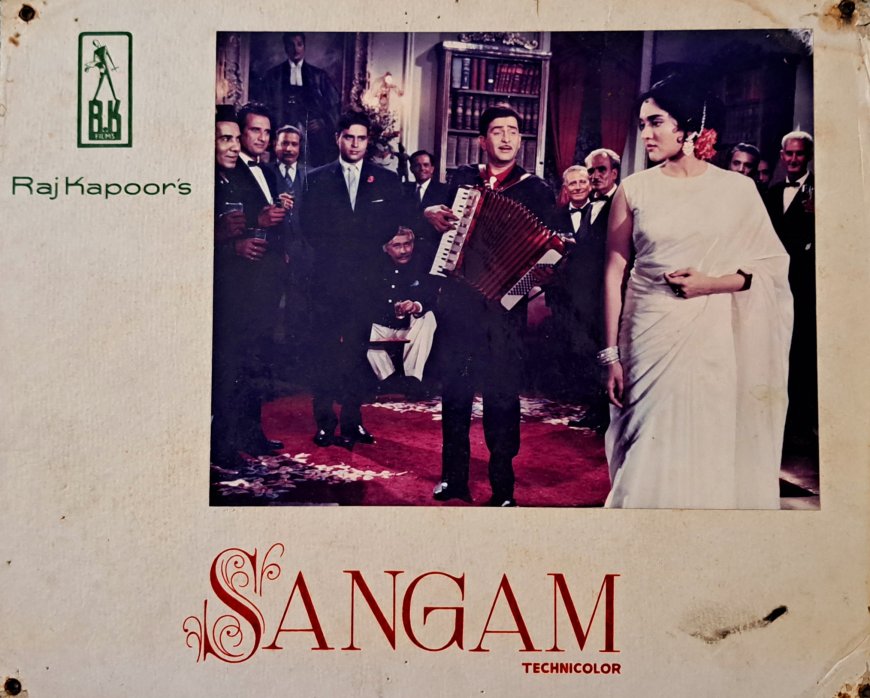
Few seem interested in educating themselves in the nostalgic, historical and socio-cultural value of concrete memorabilia like photographs, lobby cards, song books and posters that comprise the history and growth of a film culture. In this no-man’s land, it would be a welcome addition if some organization instituted an award for the Best Poster of the year for feature films.
What's Your Reaction?







